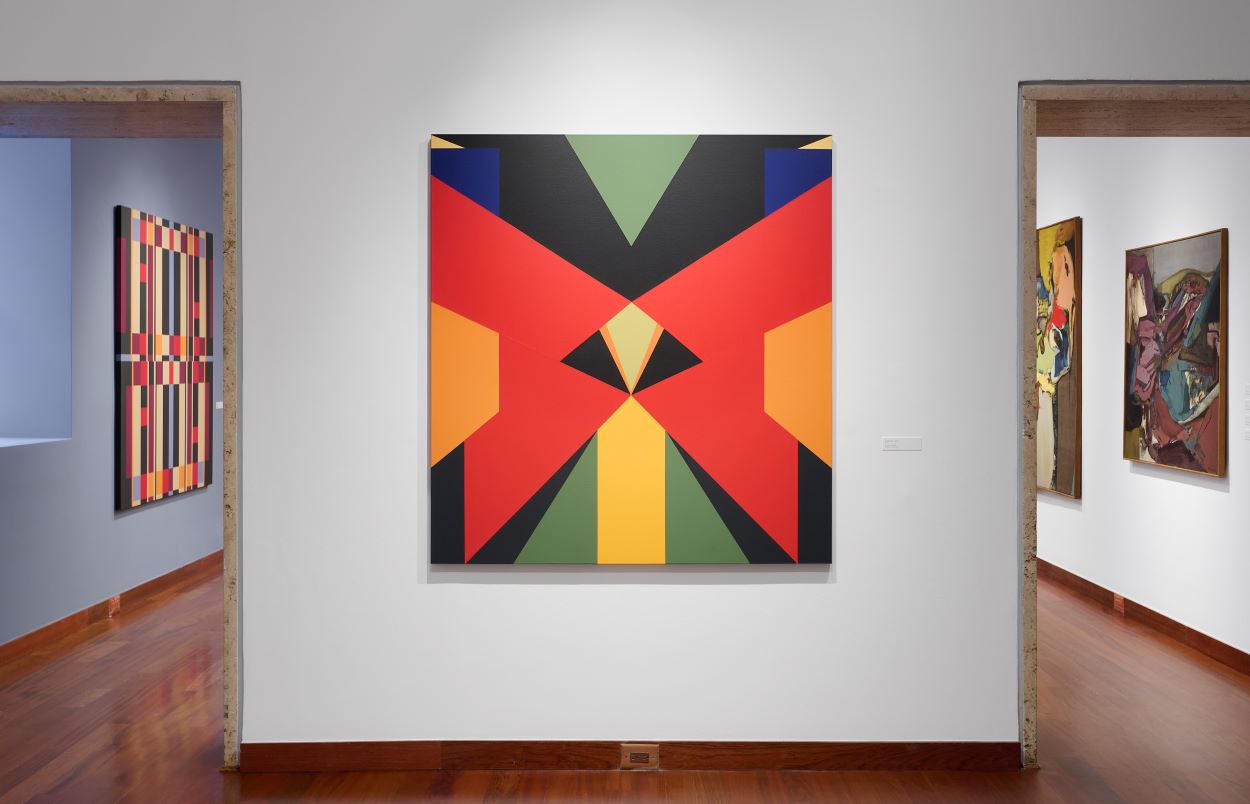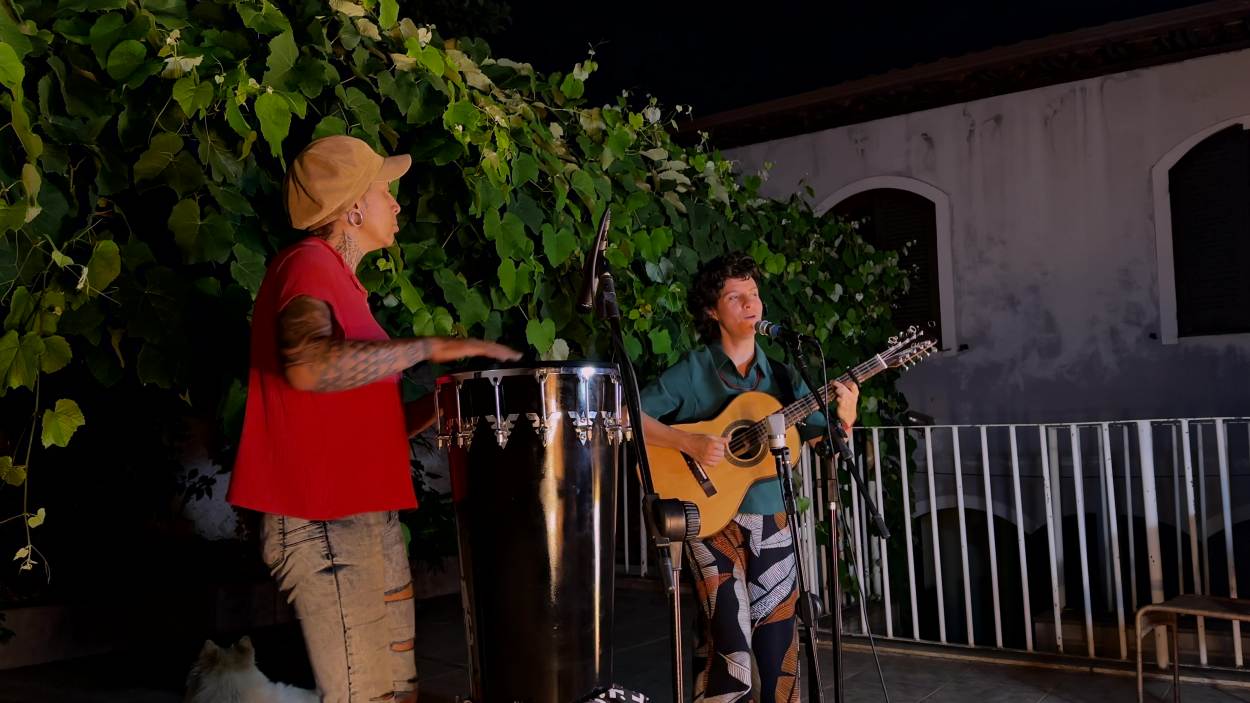Video: Alice Miceli's Projeto Chernobyl at Americas Society
Video: Alice Miceli's Projeto Chernobyl at Americas Society
The Brazilian artist's exhibition shares a radiography of how "humanity affects the world."
Alice Miceli started her Chernobyl project considering "visual representations of silence." The Brazilian photographer ended up with a radiography of how the 33-year-old accident still affects the world today. Through January 25, 2020, Americas Society's gallery has been converted into a black box, unveiling the energy present in Belarus and the Ukraine, as well as showing how human beings affect the world.
"Once I started considering questions intrinsic to the Chernobyl situation, I realized that there were other questions that I felt compelled to explore," said the artist in this video, produced by AS/COA Online's Luisa Leme. The exhibition Alice Miceli: Projeto Chernobyl is on view at 680 Park Avenue in New York.
"She's really concerned about the consequences of biopolitics in the contemporary art world, which means she's concerned about the militarization in the world. In that sense, her work is really original and unique," explains former Director of Visual Arts at Americas Society and Co-Curator Gabriela Rangel.
Miceli developed a method of image-making to capture the environmental contamination resulting from the April 26, 1986 disaster. Though gamma radiation continues to be present, it is invisible to the naked eye and to traditional methods of photography that have been used to document the region’s ruins. With her innovative radiographic technique, the artist makes the destructive energy visible via direct contact between the radiation and her film, which was exposed in the Chernobyl Exclusion Zone for months at a time.
The original radiographic negatives are presented as a complete series in light boxes embedded within the walls of the otherwise dark gallery. In addition to the illuminated two-gallery installation, the exhibition comprises a selection of documentary photographs taken by the artist on journeys to the area in 2008 and 2009, along with a video interview with the artist, including footage of the radiographs’ placement and descriptions of her experimental research leading to the radiograph format. "Part of it is this incredible installation: you walk in and you really feel it. But at the same time, it's layered with meaning," said Co-curator Diana Flatto.
Adds Flatto: "It's about what happened in Chernobyl...it's about the way humanity affects the environment, it's about power structures and the way the USSR handled it. It keeps going. And the more you learn about the work, the more interesting it is to be in this space."
- Learn more about Alice Miceli: Projeto Chernobyl, on view through January 20, 2020.
- Get more informaiton about Visual Arts at Americas Society.
- Watch videos on past exhibitions.








